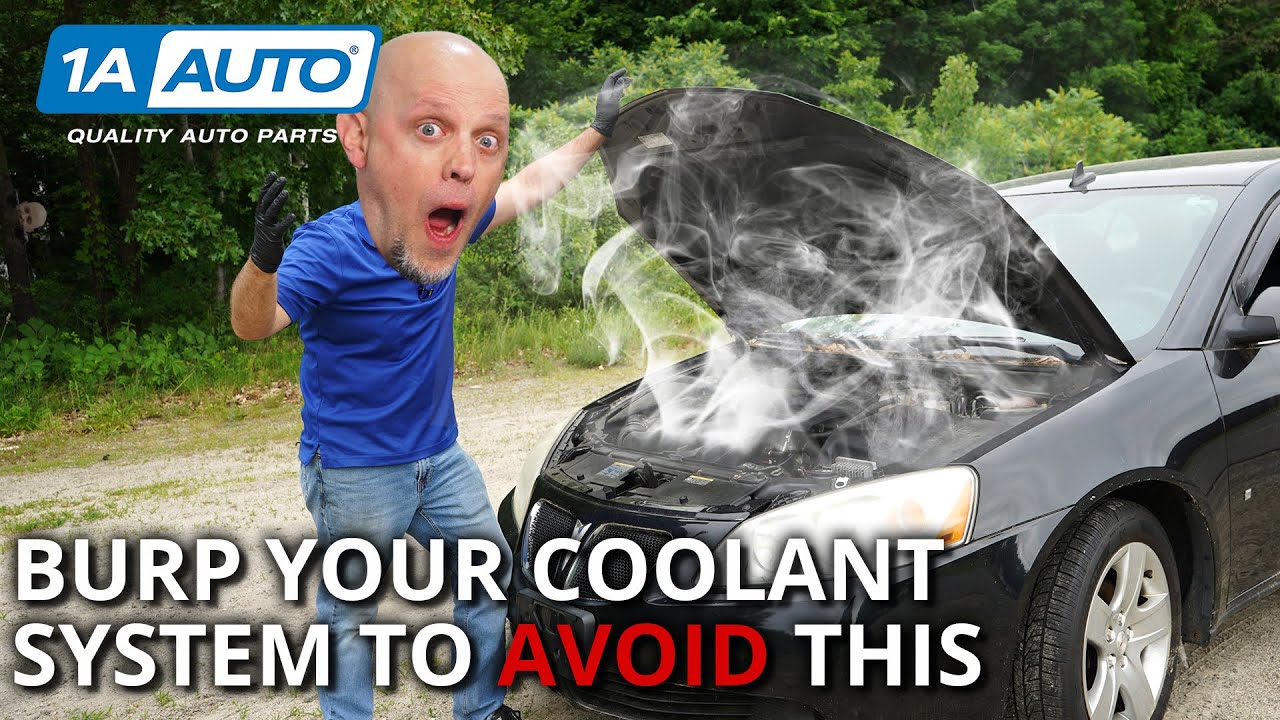Is your car still overheating even after replacing the radiator? This frustrating issue can leave you puzzled and worried about further damage.
Replacing the radiator is often the first solution for an overheating car. But, if the problem persists, there might be other underlying issues. It’s crucial to understand that the cooling system involves multiple components. Any one of these parts could be the culprit.
In this blog, we’ll explore possible reasons why your car continues to overheat. From thermostat issues to coolant leaks, we’ll cover common causes and solutions. Let’s help you get back on the road with confidence, knowing your car’s engine is safe and cool.
Coolant Levels
Replacing the radiator might not fix overheating if coolant levels are low. Check and refill the coolant regularly. This simple step can help keep your engine cool.
Checking Coolant
Low coolant can cause your car to overheat. Always check the coolant level first. Open the car hood and find the coolant reservoir. The reservoir usually has a min and max line. The coolant should be between these lines. If it is below the min line, it needs more coolant. Also, check for leaks around the reservoir. Leaks can drop the coolant level quickly.
Refilling Coolant
Use the right type of coolant for your car. Open the coolant reservoir cap slowly. Pour the coolant until it reaches the max line. Do not overfill. Overfilling can cause pressure problems. Close the cap tightly after refilling. Start the engine and let it run for a few minutes. Check the level again. Sometimes the level drops after the engine runs.

Credit: www.reddit.com
Thermostat Issues
The thermostat controls the coolant flow. If it is stuck, the car overheats. Test it in boiling water. It should open. If not, it is faulty. Replace it. A broken thermostat can cause many issues. It is easy to test.
Replacing the thermostat is simple. First, drain some coolant. Next, remove the old thermostat. Be careful with the bolts. Install the new one. Make sure the gasket is in place. Tighten the bolts. Finally, refill the coolant. Always check for leaks. A new thermostat can solve overheating.
Water Pump Function
The water pump helps cool your engine. It moves coolant through the engine. If the pump fails, the engine can overheat. Look for leaks around the pump. Leaks mean the pump is bad. Also, listen for strange noises. A noisy pump may be worn out. Check the pump for rust. Rust shows the pump may not work well. The pump’s impeller can wear out. Worn impellers mean less coolant flow. This can cause overheating.
Old pumps show signs of wear. Look for cracks in the pump. Cracks mean the pump needs replacing. Feel the pump for loose parts. Loose parts show the pump is worn. Look at the pump’s belt. A worn belt means the pump is not working well. Check the pump bearings. Worn bearings make noise. This can also cause overheating.

Credit: www.reddit.com
Radiator Cap Problems
Pressure testing the radiator cap can help find issues. A faulty cap may not hold pressure. This can cause the engine to overheat. Use a pressure tester to check the cap. Replace it if it does not pass the test.
Sometimes, the radiator cap needs replacement. A new cap can solve the overheating problem. Ensure it is the right fit for your car. Always buy a quality cap to avoid future issues.
Air Pockets In System
Air pockets can cause your car to overheat. Bleeding the air from the system is important. You can do this by opening the bleeder valve. Let the engine run until all air escapes. Top off the coolant as needed. This ensures no air is trapped inside.
Preventing air bubbles is key to keeping your car cool. Always fill the radiator slowly. This helps avoid trapping air. Check for any leaks in the system. Fix leaks immediately to keep air out. Use the right coolant mix. Follow the car manual for guidance.
Fan Operation
The fan motor is crucial. First, check if the fan turns on. If it doesn’t, there could be a problem with the motor. Use a multimeter to test. Make sure there’s power going to the motor. If there’s no power, check the fuses and relays. Replace any faulty parts.
Fan blades must be in good shape. Inspect them for any damage or cracks. Damaged blades can’t cool the engine well. If any blades are broken, replace the fan. Also, ensure the fan spins freely. If it doesn’t, clean any debris around it. A clean fan works better.
Hoses And Connections
Check all hoses for any signs of wear or damage. Look for cracks, bulges, or leaks. These can cause the car to overheat. Make sure the hoses are not too soft or too hard. Soft hoses may collapse, and hard hoses may not seal well. Replace any damaged hoses immediately. This helps prevent further issues.
Ensure all hose connections are tight and secure. Loose connections can cause coolant leaks. This will lead to overheating. Use clamps to secure hoses to their fittings. Double-check each connection to make sure it is tight. Tight connections help keep the coolant system working properly.

Credit: www.youtube.com
Engine Block Issues
Cracks in the engine block can cause overheating. Small cracks can leak coolant. Leaking coolant reduces cooling efficiency. Inspect the engine block carefully. Use a flashlight to find cracks. Look for signs of coolant leaks. Check the engine oil. Milky oil can mean a cracked block. Test for cracks with a dye penetrant test.
Blockages in the engine block can impede coolant flow. Debris can block coolant passages. Flush the system to remove debris. Use a high-pressure hose for better results. Check the thermostat. A stuck thermostat can cause blockages. Inspect the water pump. A faulty pump can lead to blockages. Ensure all hoses are clear.
FAQS on Car Still Overheating After Replacing Radiator
Why Is My Car Overheating After Changing Radiators?
Your car might be overheating due to air trapped in the cooling system, a faulty thermostat, or a water pump issue. Check for leaks and ensure proper coolant levels.
What To Do After Replacing A Radiator?
After replacing a radiator, check for leaks and ensure all connections are secure. Refill coolant and bleed the system. Monitor engine temperature during the first drive.
How Do I Know If My Radiator Or Thermostat Is Bad?
Check for overheating, coolant leaks, or poor heat output. Inspect for fluctuating temperature gauge readings. Listen for unusual noises.
Why Is My Car Overheating But It Has Coolant In It And A New Thermostat?
Your car may overheat due to a faulty water pump, blocked radiator, or damaged hoses. Check for leaks, ensure proper coolant flow, and inspect the radiator fan.
Conclusion
Experiencing car overheating even after replacing the radiator is frustrating. Check the thermostat, water pump, and coolant levels. Ensure there are no leaks or clogs in the system. Regular maintenance helps prevent issues. If problems persist, consider visiting a mechanic.
They can diagnose and fix the issue. Keeping your car’s cooling system in good condition is crucial. Stay proactive and safe on the road.

